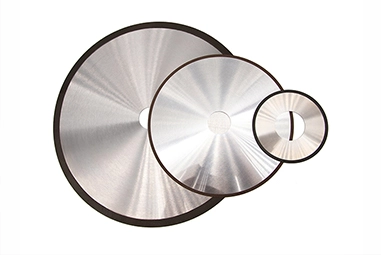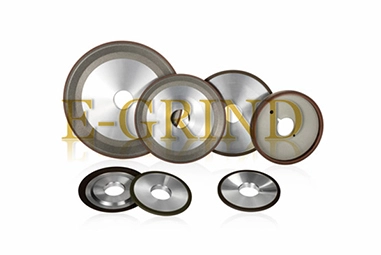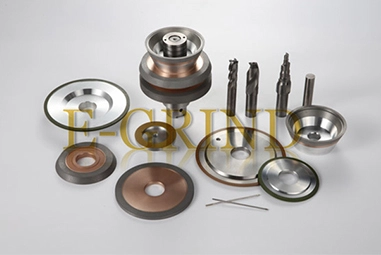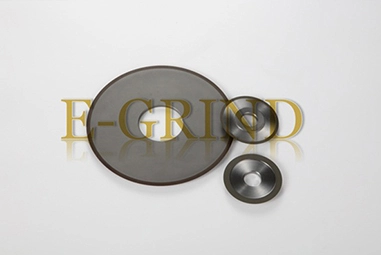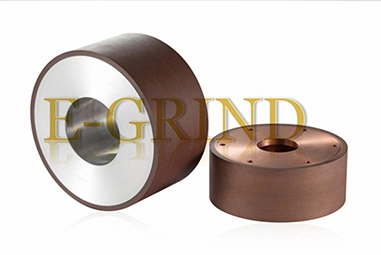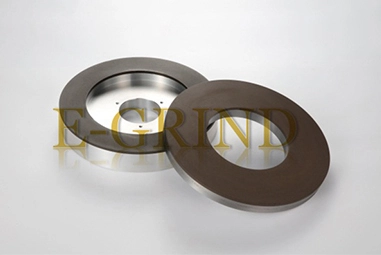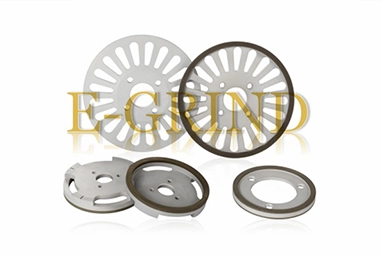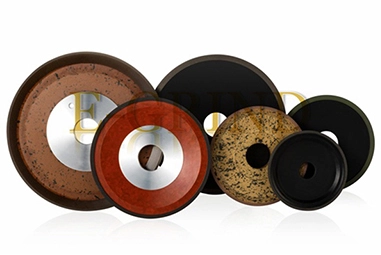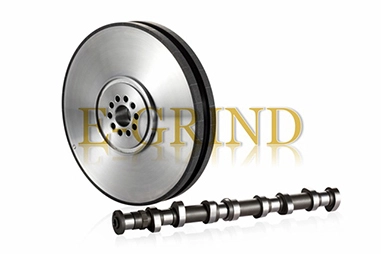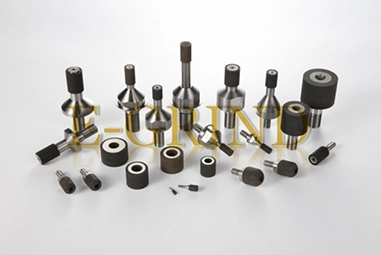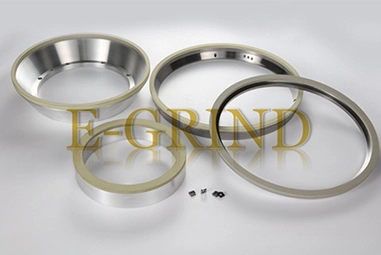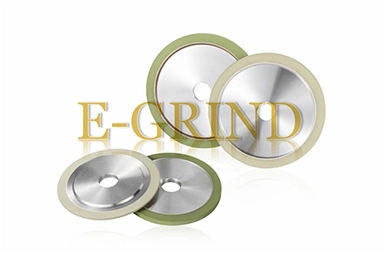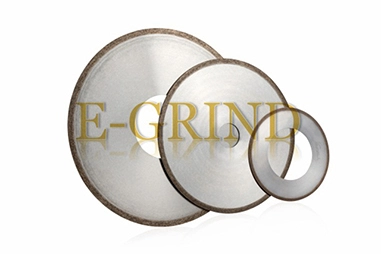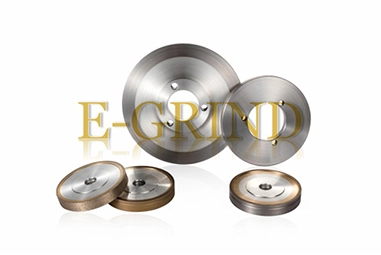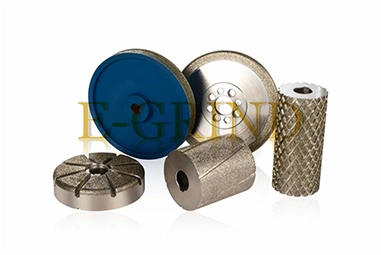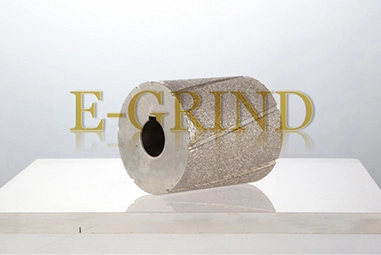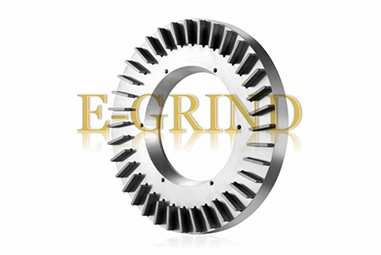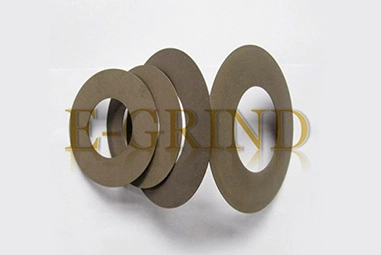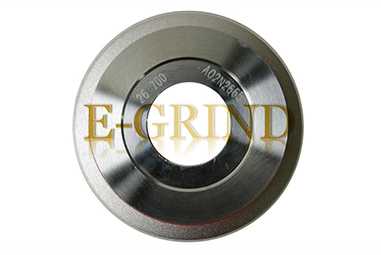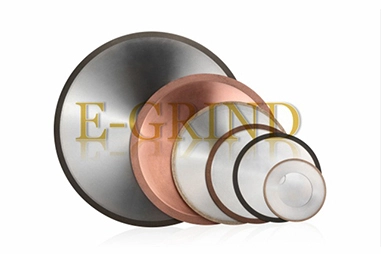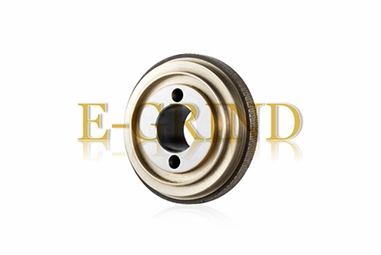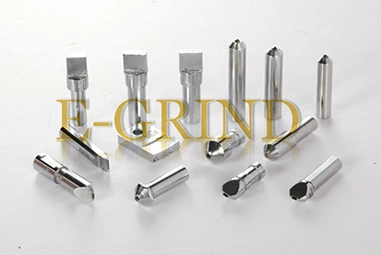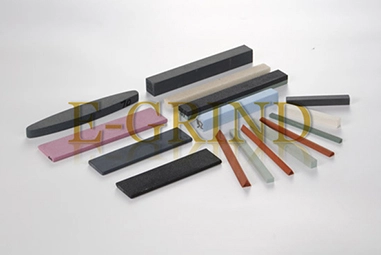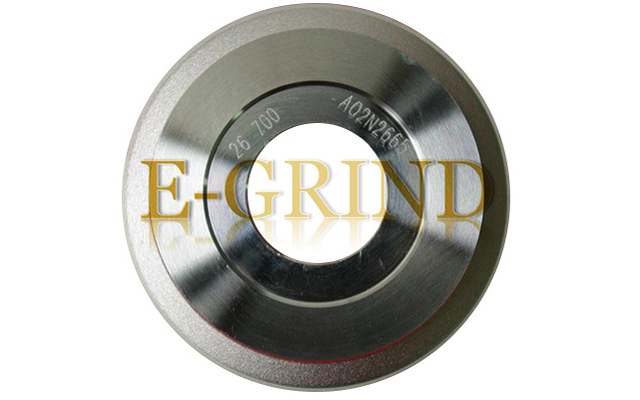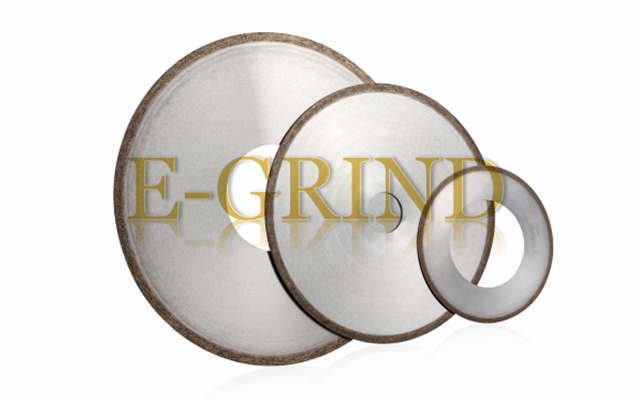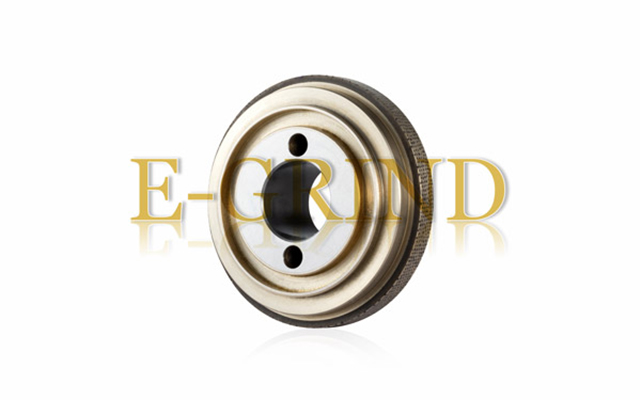When we think of diamonds, the first thing that comes to mind is their dazzling facets that reflect light in mesmerizing ways. However, there's more to the story of diamond manufacturing than just facets. Behind every brilliantly cut diamond lies a crucial tool that plays a pivotal role in shaping and refining these precious gems: the bruting wheel. In this blog, we will explore the significance of bruting wheels beyond facets, uncovering their crucial role in the diamond manufacturing process and how they contribute to creating diamonds that captivate the world.
The Basics of Bruting Wheels
The bruting wheel, also known as abrasive grinding wheels or polishing wheel, is a key tool used in the diamond manufacturing process. It is made of an abrasive material, typically diamond or cubic boron nitride, and mounted on a rotating spindle. The primary function of the bruting wheel is to shape and polish the rough diamond into its final form, transforming it from a raw gemstone into a dazzling diamond. While facets are undoubtedly a defining feature of a diamond's brilliance, the bruting wheel is responsible for shaping the diamond's overall structure. It creates the diamond's symmetry, proportions, and girdle thickness, all of which significantly impact the diamond's appearance and light performance.
The Art of Symmetry and Proportions
The bruting wheel allows skilled craftsmen to carefully control the diamond's rotation, ensuring that each facet aligns precisely and uniformly. This attention to detail results in harmonious proportions that maximize the diamond's brilliance and fire. Symmetry is essential in diamonds as it determines how well light is reflected and refracted within the stone. By skillfully using the bruting wheel, craftsmen achieve impeccable symmetry, enhancing the diamond's visual appeal and optical performance.
Mastering Girdle Thickness
The girdle is the outer edge of the diamond, and its thickness plays a significant role in the diamond's durability and stability. The bruting wheel enables craftsmen to control and refine the girdle to an optimal thickness, ensuring the diamond can withstand wear and tear without compromising its beauty. While the girdle's thickness affects the diamond's appearance, it also impacts the stone's weight and value. By skillfully using the bruting wheel, craftsmen strike the perfect balance between aesthetics and practicality, creating diamonds that are both visually stunning and economically valuable.
Customization for Different Cuts
Bruting wheels come in different grit sizes and configurations, making them versatile tools for shaping diamonds of various cuts and sizes. Whether it's a classic round brilliant cut or a fancy-shaped diamond, the bruting wheel can be tailored to meet specific cutting needs. The efficiency of the bruting wheel allows craftsmen to achieve precise diamond shapes in a timely manner. This is particularly valuable in the diamond industry, where meeting production deadlines without compromising quality is essential. While the bruting wheel is a powerful tool, it is the skill and artistry of craftsmen that truly bring out the brilliance of diamonds. The meticulous hands of experienced craftsmen, combined with the precision of the bruting wheel, result in diamonds that evoke awe and admiration. Some typical bruting wheels including resin bond diamond wheels, vitrified grinding wheels and metal bond grinding wheels.
Beyond the facets that dazzle and delight, the bruting wheel plays a vital role in the diamond manufacturing process. With its ability to shape proportions, create symmetry, and refine the girdle, the bruting wheel contributes significantly to the brilliance and beauty of each diamond. It is a tool that embodies the marriage of craftsmanship and technology, where skilled hands guide the bruting wheel to transform rough gemstones into exquisite diamonds that captivate the world. As we admire the brilliance of a perfectly cut diamond, let us also appreciate the unsung hero behind its splendor—the bruting wheel that goes beyond facets to shape perfection.


